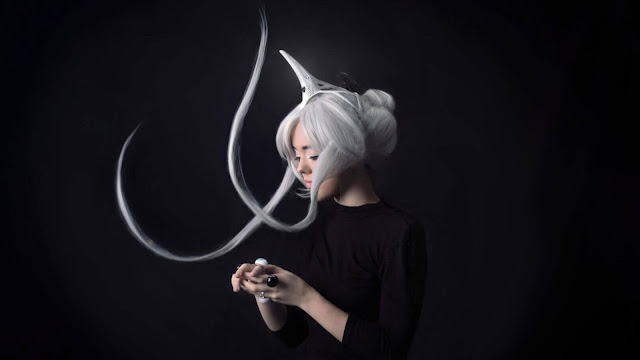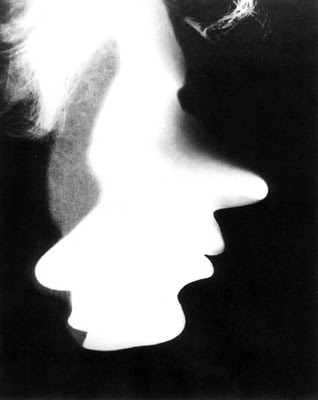WEEK1 | TWO CULTURES
The concept of "Two Cultures" came to me initially in a collaborative fashion since the very first fiat lux I took in UCLA was taught by Prof. Vesna. The fiat lux introduced me to various ArtSci Labs and I got in touch with many sci-artists and art-scientists. The plasma lab was truly impressive when you heard the plasma material generating amazing sounds and patterns within the huge machines, a magnificent combination of art and science.
However, such a collaborative concept is diminishing as I proceed my education. As a genuine south campus student who studies both biochemistry and computer science, I am physically confined to two buildings: Young Hall and Boelter. My roommates are film majors who stay at Melnitz most of the time. We never ever meet each other on campus throughout the four years. In this case, I highly agree with C.P. Snow's idea that education system was the fundamental reason leading to the isolation of two cultures. When talking with my roommates, I am always surprised by how much we differ in terms of the way we view the world. As Snow mentioned, scientists view the world optimistically, believing that there would be a scientific way to solve current crisis. Art people dive into the weakness in humanity and expand on that to create touching works.
When business starts coming into play, the two cultures gradually develop into a third culture. As Kevin discussed in The Third Culture, Techno-Science culture deviated science from its original values. Art and Science blend in a commercial way solely for product-selling. I had experience of Medical Hackathon, which mainly targeted on products rather than the value of scientific ideas. Participants were also interested in using available data rather than developing works from scratch. The main theme was to build a concrete product rather than establishing a system or method.
It is promising how the third technology helps with solving urgent problems and facilitating people's life. However, art and science could be combined better than that. More communication conducted between art and science people may build a new thinking system or even advance the current education system, from which the influence would be more far-reaching.
Vesna, Victoria. “Toward a Third Culture: Being in Between.” Leonardo 34.2 (2001): 121-25. Web.
MedHacks. Medical Hackathon Projects at Johns Hopkins University. 2016. <https://medhacks2016.devpost.com/submissions>
ArtSci Labs at UCLA. Basic Plasma Science Facilities at UCLA. 2013. <http://plasma.physics.ucla.edu/page/gallery.html>
 |
| 3D lines generated from plasma lab volumetric data |
 |
| spatial isolation of Art and Science students |
 |
| JHU MedHack Sample Projects |
Sources
Snow, C. P. “Two Cultures and the Scientific Revolution.” Reading. 1959. New York: Cambridge UP, 1961. Print.
Kelly, Kevin. "The Third Culture" Science 13 February 1998: Vol. 279 no. 5353 pp. 992-993. Web.
Kelly, Kevin. "The Third Culture" Science 13 February 1998: Vol. 279 no. 5353 pp. 992-993. Web.
Vesna, Victoria. “Toward a Third Culture: Being in Between.” Leonardo 34.2 (2001): 121-25. Web.
MedHacks. Medical Hackathon Projects at Johns Hopkins University. 2016. <https://medhacks2016.devpost.com/submissions>
ArtSci Labs at UCLA. Basic Plasma Science Facilities at UCLA. 2013. <http://plasma.physics.ucla.edu/page/gallery.html>


After reading C.P. Snow's article and looking into the real situation around UCLA campus, we both agree with Snow's idea that education system is the fundamental reason resulting in the isolation of two cultures. The navigation image you posted tells the situation here at UCLA. As an engineering student, it is also required to take some art classes to fulfill the general education requirement. Most of my engineering courses take place on south campus. It a disaster when there is only a 10-minute gap between my engineering class and art class. It is also great to hear that you have a roommate majoring in art major since the university usually put students who have the same major in the same room.
ReplyDelete